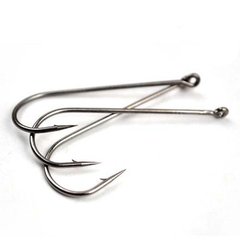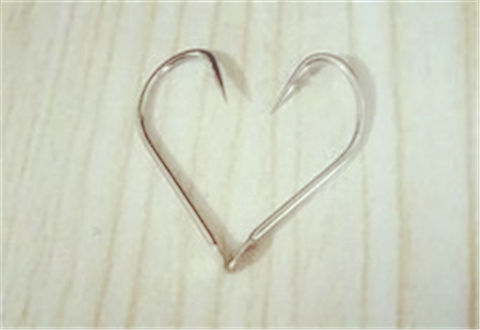The types of fish hook can be divided into long-handled hooks and short-handled hooks according to their length. Long-handled themes are more convenient than short-handled hooks, and it is more convenient to hold the hook with longhand.
Advantages and disadvantages of long-handled fish hooks
long shank hooks are easy to hang baits for earthworms and red worms and can hang multiple earthworms and red worms. The bait is large and easy for fish to find. The length of the shank of the long-handled hook is about twice the length of the hook tip to the hook bend. It is mainly used for freshwater depths of more than 7 meters and seawater depths of more than 50 meters.
Water fishing. Due to the long handle of the hook, even if the fish struggles in the water for a long time, the fish is not easy to escape, but the pulling force of the long-handled hook is not as good as that of the short-handled hook. In addition, for long-handled hooks, the hook door is relatively narrow and easy to catch small fish.

Short-handled hooks have longer hooks, thick handles, strong tension, and durability. Short-handled hooks have wider hooks than long-handled hooks, making it easier to hang dough-type bait. Short-handled hooks are mostly used to catch largemouth fish. Due to the strong pull of short-handled hooks and a wide range of adaptations, many people use short-handled hooks to fish.
Advantages and disadvantages of short-handled fish hooks
Short-handled hooks are represented by carp hooks, catfish hooks, and perch hooks, which are mainly used for fishing in shallow waters and fishing spots with a water depth of 2 meters or less. Since the bite rate of short-handled hooks is higher than that of long-handled hooks, it has a wider range of use and is used for freshwater fishing fish.

The long-handled hook mainly catches deep-water fish, and the short-handled hook mainly catches shallow-water fish.